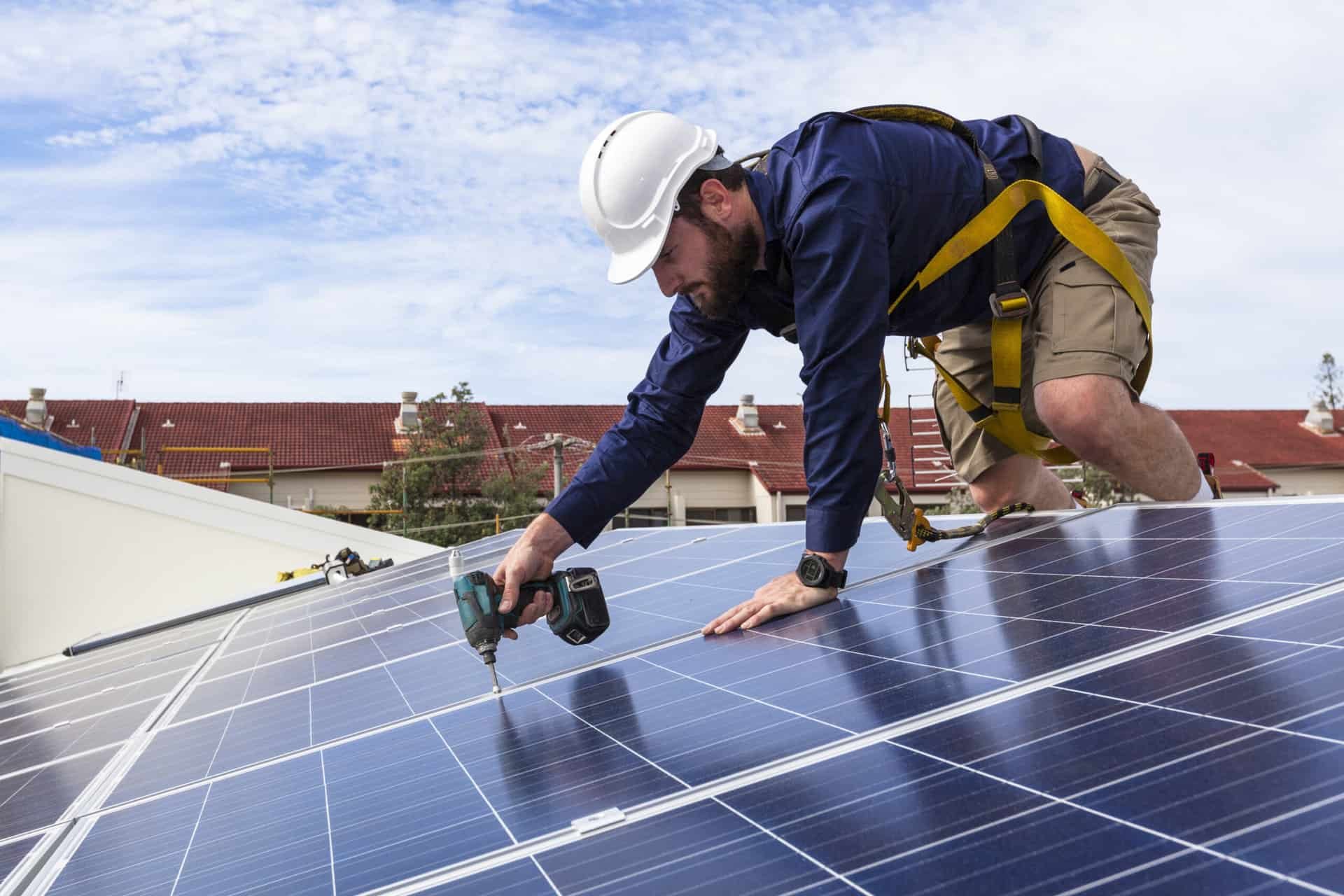
The Power of Solar PV: A Sustainable Solution for Your Energy Needs
Introduction
In today's world, where climate change and the need for sustainable energy solutions are at the forefront, adopting renewable energy sources has become a pressing priority. One such solution is solar photovoltaic (PV) panels. Solar panels harness the power of the sun and convert it into electricity, providing homeowners with a clean and efficient energy source. In this article, we will explore the benefits of solar PV systems, how they work, their suitability for different households, costs and savings, maintenance requirements, and helpful resources for further information.
Benefits of Solar PV Systems
Cut Your Electricity Bills
One of the most significant advantages of installing solar panels is the potential for reducing your electricity bills. By generating your own renewable electricity, you can offset the energy consumed from the grid, resulting in lower monthly bills. The amount of savings will depend on various factors, including the size of the solar PV system, energy consumption patterns, and local electricity rates.
Reduce Your Carbon Footprint
Solar PV systems are a sustainable energy solution that significantly reduces your carbon footprint. By harnessing the power of the sun, you can generate clean electricity without emitting harmful greenhouse gases. This environmentally friendly approach contributes to the global effort to combat climate change and create a more sustainable future.
Receive Payments for Extra Energy You Generate
In addition to saving on electricity bills, solar PV system owners have the opportunity to earn money by exporting surplus energy back to the grid. Through programs like the Smart Export Guarantee (SEG) in the UK, homeowners can receive payments for the electricity they generate but do not consume. This financial incentive further enhances the economic viability of solar PV systems.
How Do Solar Panels Work?
Solar PV panels consist of multiple cells made from layers of semi-conducting material, typically silicon. When sunlight shines on these cells, it creates an electric current. Unlike solar thermal panels that harness the sun's heat, solar PV panels directly convert sunlight into electricity.
The cells within solar panels do not require direct sunlight to work efficiently; they can even generate electricity on cloudy days. However, stronger sunlight leads to higher electricity generation. A typical solar panel generates around 355W of energy in strong sunlight. To convert this energy into usable electricity, an inverter is installed alongside the system to convert the direct current (DC) electricity generated by the panels into alternating current (AC) electricity, which is compatible with household appliances.
Are Solar Panels Right for Me?
Before investing in a solar PV system, it's essential to consider various factors to determine if it's the right choice for your home.
Getting the Most Out of Your Solar PV System
To maximize the benefits of your solar PV system, it's crucial to optimize its performance. Factors such as the orientation and tilt angle of the panels, shading, and maintenance play a significant role in ensuring optimal energy generation. By consulting with experienced solar installers, you can determine the best design and configuration for your specific circumstances.
Costs and Savings
The cost of installing a solar PV system depends on several factors, including the size of the array, type of mounting (roof-mounted or ground-mounted), and the choice of panels. On average, a domestic solar PV system with a capacity of 3.5kWp costs around £7,000 in the UK. However, costs can vary, so it's advisable to obtain quotes from multiple installers to compare prices and services.
When evaluating the financial viability of solar PV systems, it's essential to consider the long-term savings they offer. By reducing your reliance on grid electricity and potentially earning income from surplus energy exported to the grid, solar panels can provide substantial savings over their lifespan.
To estimate the potential savings, various factors must be taken into account, such as location, electricity consumption patterns, and the proportion of energy self-consumed. While most households consume around 15-25% of the energy generated by their solar panels, this percentage can vary based on factors such as working from home, the number of occupants, and the use of electric vehicles or electric heating systems.
Export Payments
If your solar PV system generates excess electricity that is exported to the grid, you may be eligible for export payments. In the UK, the Smart Export Guarantee (SEG) provides financial compensation for small-scale renewable energy generators for the electricity they export. While the Feed-in Tariff scheme, which previously offered export payments, closed to new applicants in March 2019, the SEG was introduced as a replacement.
In Northern Ireland, export payments are typically estimated based on the amount of energy generated and exported. Several organizations offer this service, so it's essential to research and compare their offers to find the most suitable option for you.
Maintenance of Solar PV Systems
One of the appealing aspects of solar PV systems is their low maintenance requirements. However, a few key considerations can help ensure optimal performance and longevity.
Regular Checks and Cleaning
Although solar panels are designed to be self-cleaning to some extent, it's important to monitor them for any debris or shading that may affect their efficiency. If you live in an area with significant dust or have ground-mounted panels, occasional cleaning may be necessary to maintain optimal performance.
Your installer should provide you with written details of any maintenance checks you should carry out. This may include guidance on monitoring the main inverter's fault signals and troubleshooting steps. By familiarizing yourself with these procedures, you can promptly address any issues and prevent potential problems.
Lifespan and Replacement of Components
Solar panels typically have a lifespan of 25 years or more. However, the inverter, which converts the generated DC electricity into AC electricity, may need to be replaced at some point during this period. The cost of replacing an inverter can vary, but it is typically around £800, depending on the system size and manufacturer.
It's essential to consider the warranty offered by the inverter manufacturer, as most inverters come with a minimum five-year warranty that can often be extended up to 15 years. An extended warranty may provide peace of mind, but it's important to weigh the cost against the potential expense of a replacement inverter.
Consulting with your installer and carefully reviewing the maintenance requirements and warranty terms will help you make informed decisions regarding the upkeep of your solar PV system.
Conclusion
Investing in a solar PV system offers numerous benefits, including reduced electricity bills, a decreased carbon footprint, and the potential to earn income from surplus energy. By harnessing the power of the sun, homeowners can contribute to a sustainable future while enjoying the financial savings solar energy provides. With proper maintenance and monitoring, solar PV systems can provide clean and efficient electricity for years to come. If you're considering solar panels for your home, reach out to Ignite Sustainable Energy, where our experienced team can guide you through the process and help you make an informed decision. Embrace the power of solar energy and join the movement towards a greener and more sustainable world.
